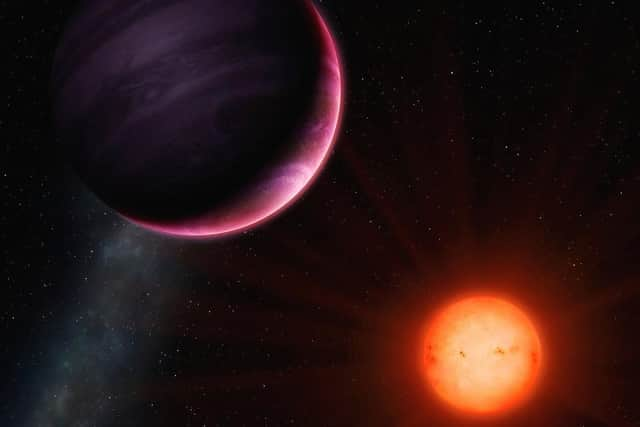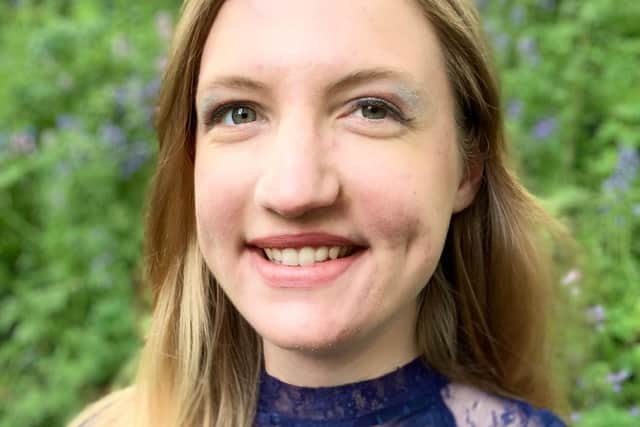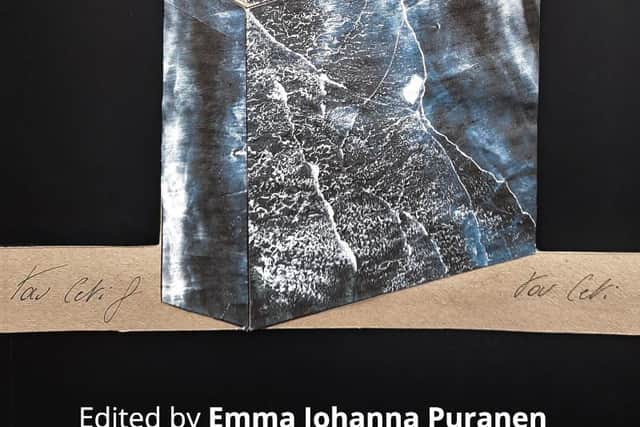How a novel sci-fi book written in Scotland could help people explore real science and the cosmos
These words are instantly recognisable to most people as the opening scene-setter for the blockbuster film series Star Wars.
And almost nobody has not heard of Captain Kirk, Ripley or Hal the computer
Advertisement
Hide AdAdvertisement
Hide AdThe popularity of science fiction movies and books is testament to our fascination with the notion of worlds beyond our own.
But how many of our favourite stories have any basis in scientific fact?
Emma Puranen, a 25-year-old astronomer from Fairfax, Virginia, in the US, has been a fan of the genre since she was a child.
She began watching the original 1960s Star Trek series as a teenager, sparking a passion that has influenced her whole life.
Now the researcher, who is studying at the University of St Andrews for a doctorate on exoplanets in science fiction, has come up with a ‘novel’ creative project that brings together science and literature.


Though movie-makers sometimes consult an expert in a relevant scientific field, such meetings are usually one-offs and barely scratch the surface of the artistic potential.
Puranen wanted to find out what might happen if creative writers and astronomers, geologists and biologists were paired up and challenged to create original science fiction works.
The resulting book, Around Distant Suns, is an anthology containing short stories, poems and a radio play.


Advertisement
Hide AdAdvertisement
Hide Ad“I have no sway over Hollywood, but I am able to get together a group of creative writers and a group of exoplanet scientists,” said Puranen.
“I gave very little guidance as to what to write.
“I wanted to see what people would come up with – and my trust couldn’t have been better placed.”
She believes science fiction is a really good way of bringing science to the wider population.


“We all want to know why we are here, what is the meaning of life and whether there is anyone else out there,” she said.
“Scientists want empirical answers but writers want to examine how it affects humans.
“This is a very important thing science fiction does for us.
“Communicating science is one of the most important things.
“I hope the book will help to do that.”
Writers have been speculating on life beyond our solar system since long before any evidence of such places was found.
“We didn't start discovering exoplanets until the 1990s, much more recently than most people would expect,” she said.
Advertisement
Hide AdAdvertisement
Hide Ad“But science fiction writers have been discussing imaginary worlds outside of our solar system for hundreds of years.
“The earliest mention in literature was probably in the 1666 work The Blazing World, by Margaret Cavendish.”
Puranen may well have her head in the stars, but she is also very attached to Planet Earth and her adopted Scottish home on the Fife coast.
“St Andrews is a beautiful place and I can walk on the beach whenever I want,” she said.
“I didn’t realise it was possible to do a PhD in science fiction. I love my position here – I pinch myself every day.”
Puranen’s studies at the university’s Centre for Exoplanet Science cross three disciplines – physics and astronomy, modern languages and biology, with support from advisers Prof Christiane Helling, Dr Emily Finer and Dr V Anne Smith.
Around Distant Suns is published by Guardbridge Books
A message from the Editor:
Thank you for reading this article. We’re more reliant on your support than ever as the shift in consumer habits brought about by coronavirus impacts our advertisers.
If you haven’t already, please consider supporting our trusted, fact-checked journalism by taking out a digital subscription.
Comments
Want to join the conversation? Please or to comment on this article.
